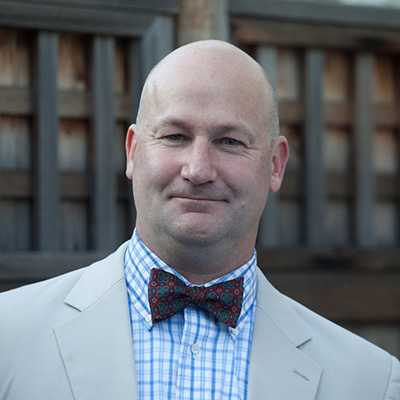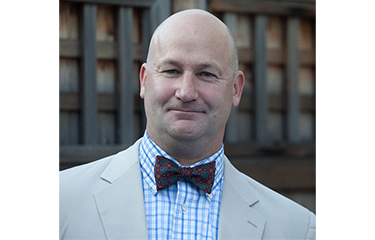Ned Daly is a sustainability strategist with Diversified Communications and a founder and leader of the Seafood2030 project.
Many seafood companies have control systems in place to ensure their operations run efficiently and adhere to relevant laws and regulations.
Financial control systems, pollution control systems, energy control systems, and even hazard analysis critical control point (HACCP) plans are familiar approaches that all fall under the umbrella of quality management systems.
Despite the differences in what each plan aims to control – money, kilowatts, carbon dioxide, risk, etc. – there has been a common approach developed and refined through implementation in a broad range of sectors.
The standard, literally and figuratively, for a quality management system is the International Organization for Standardization’s (ISO) “mother standard” – ISO 9001. There are over 1 million companies certified to ISO 9001 in more than 170 countries.
For these control systems, the company acts as the control point. This allows an organization to consistently bring a high-quality product to the end market thanks to an internal learning loop that grants businesses the ability to repeatedly address problems and improve efficiency. These control systems also produce the information and data needed for proper external reporting to the government, investors, or customers.
However, seafood companies do not act as the control point when it comes to sustainability and social criteria. The control point for sustainability control systems in most cases are fisheries, sometimes in tandem with the processing sector. This makes sense, as the model’s value to the marketplace is providing assurances to buyers and consumers that resources underwent proper and responsible harvesting.
Because of this change in control point – away from the company as gatekeeper toward the harvesting and processing sectors – a company loses control over the sustainability of its own supply chain and simply receives assurances on certain supply.
Marine Stewardship Council (MSC) and Aquaculture Stewardship Council (ASC) certification programs rely on ISO Quality Management System frameworks and are essential tools to improving the sustainability of fisheries, but they, and other tools like fishery improvement projects (FIPs) or audits, are not a substitute for a company-level control system.
So, why the difference in approaches?
The Quality Management System approach started with the advent of manufacturing to help companies understand and improve the production and delivery of products and services. In early industrial production, there were significant problems with quality, consistency, and compatibility. The rapid growth of manufacturing and the production needs of World War II further drove the adoption of systems that could consistently deliver a high-quality product to customers and provide companies with the ability to identify and fix problems within their internal production processes.
Sustainability assurance and control systems, meanwhile, aim to address external needs – to minimize the externalization of social and environmental costs and, as a platform, to communicate effectively with external stakeholders.
This focus on the external value of a control system is also prevalent in the marketing surrounding traceability. This external focus diminishes the ROI for companies investing in traceability or controlling their supply chain for sustainable and responsible products.
To increase the ROI in sustainability for seafood companies, most financial control systems serve as a great model. Companies should focus on the internal needs required for delivering a responsible product. The external values should, in turn, follow.
Within a financial control system, a company typically integrates its CFO, internal finance principles, accounting department, external auditing professionals, and external reporting functions into its system. These functions align to provide a financial control system that provides assurances – internally and externally – about the sound financial management of a company. Without control, companies lose sight of what is driving profit and loss, and their internal learning loop vanishes.
Similarly, to ensure that a seafood company is delivering a responsible product to the end market, identifying assured, long-term supply, and reducing risk, it should integrate its chief sustainability officer (CSO), internal sustainability policy, company traceability program, transparency and benchmarking goals, as well as its environmental, social, and governance (ESG) reporting functions into its plans.
The benefits of taking a quality management system approach also extend beyond one company to the industry more broadly.
Seafood is seeing an increase in the amount of industry-designed sustainable innovation – the NFI Crab Council, the International Sustainable Seafood Foundation (ISSF), SeaBOS, and Sea Pact all have programs to identify research needs that address specific industry problem-solving needs.
This research allows the industry to design approaches that maximize the efficiency of company engagement in sustainable practices. Better supply chain intelligence and data from participating companies results in better design and the efficient implementation of solutions.
If companies manage sustainability like other core business functions, they should be able to increase their ROI in sustainable practices, find tools and programs that fit best with their company needs, and take greater control of the sustainability and responsibility of their supply chains.
Photo courtesy of Diversified Communications







